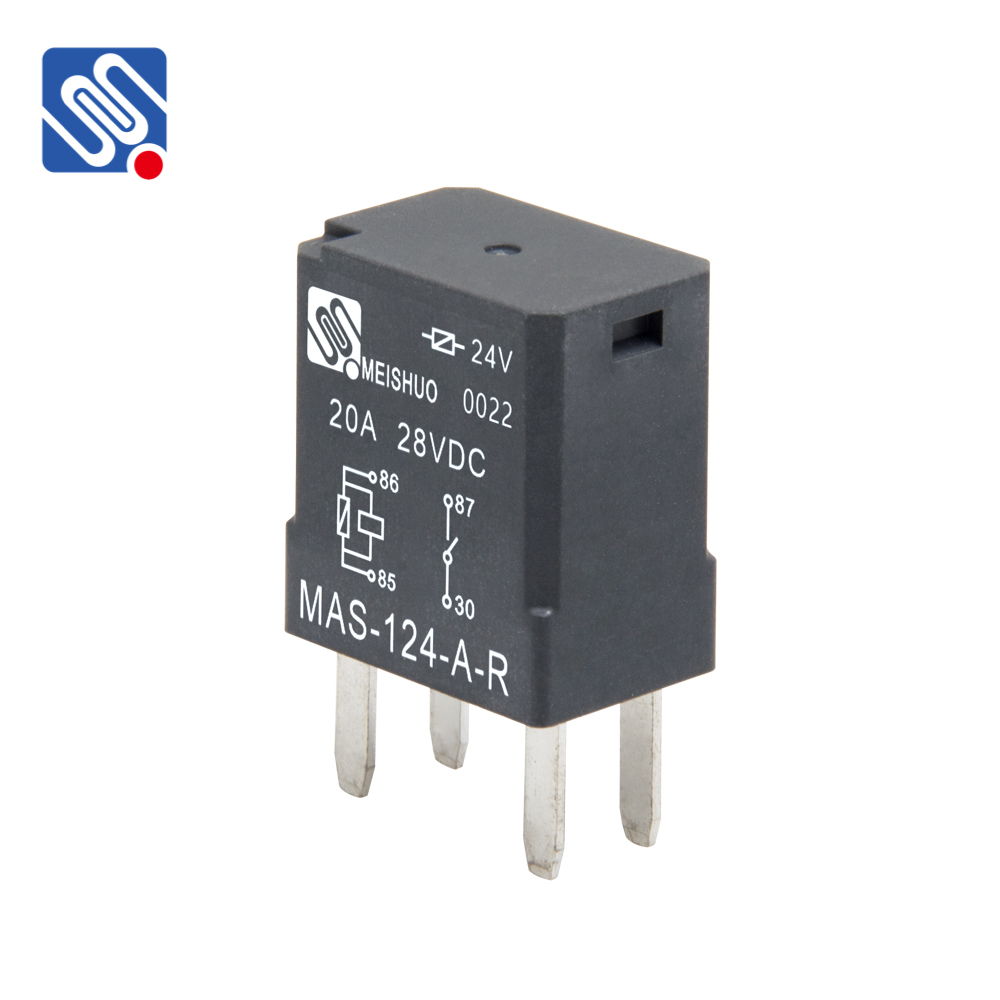understanding the 24v 30a relay: applications and functionality
Release time:2025-08-24 19:31:11
Relays are fundamental components used in many electrical circuits, providing a reliable method for switching high-power loads using low-power control signals. The 24V 30A Relay is a versatile and robust device designed for demanding applications where high current handling is required, while still being controlled by a relatively low voltage signal. In this article, we will explore the key features, working principles, applications, and considerations for selecting a 24V 30A relay.

What is a 24V 30A Relay?
A 24V 30A relay is an electromechanical switch that uses a 24-volt direct current (DC) input to control a circuit capable of switching a load up to 30 amps. The relay consists of a coil that, when energized, creates a magnetic field. This magnetic field moves an internal armature to open or close the contacts, thus switching the connected load on or off. The key specifications of a 24V 30A relay indicate that it operates on a 24V DC power supply and is capable of switching a load that draws up to 30 amps of current.
How Does a 24V 30A Relay Work?
The operation of a 24V 30A relay is based on electromagnetic principles. The coil within the relay is energized by a 24V DC signal, creating a magnetic field that causes the relay’s armature to move. The armature movement opens or closes the contacts of the relay, which in turn controls the connected load. When the coil is not energized, the relay’s contacts remain in their default state (either open or closed). Energizing the coil causes the contacts to change their state, which is how the relay controls the flow of electricity to the connected device.

